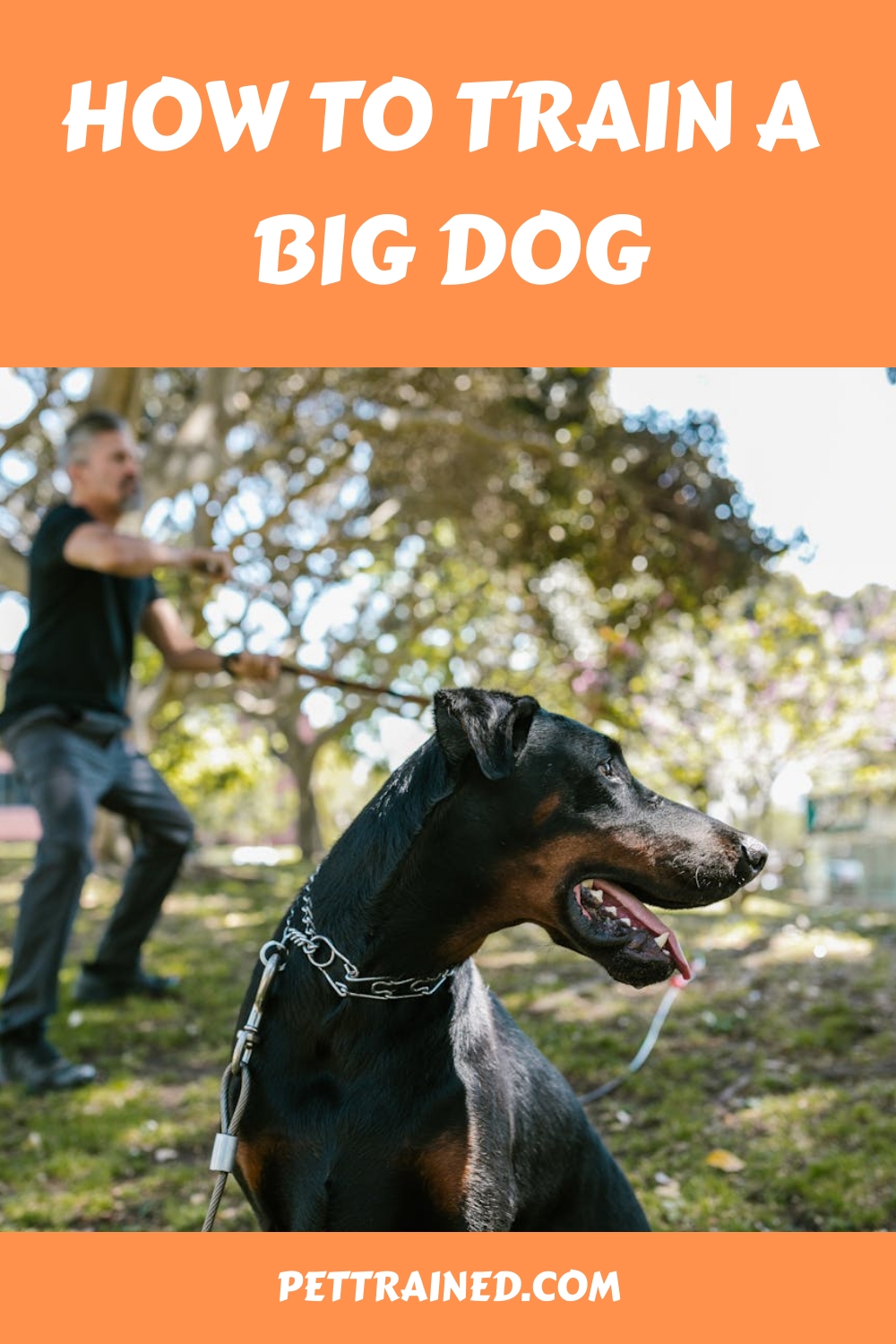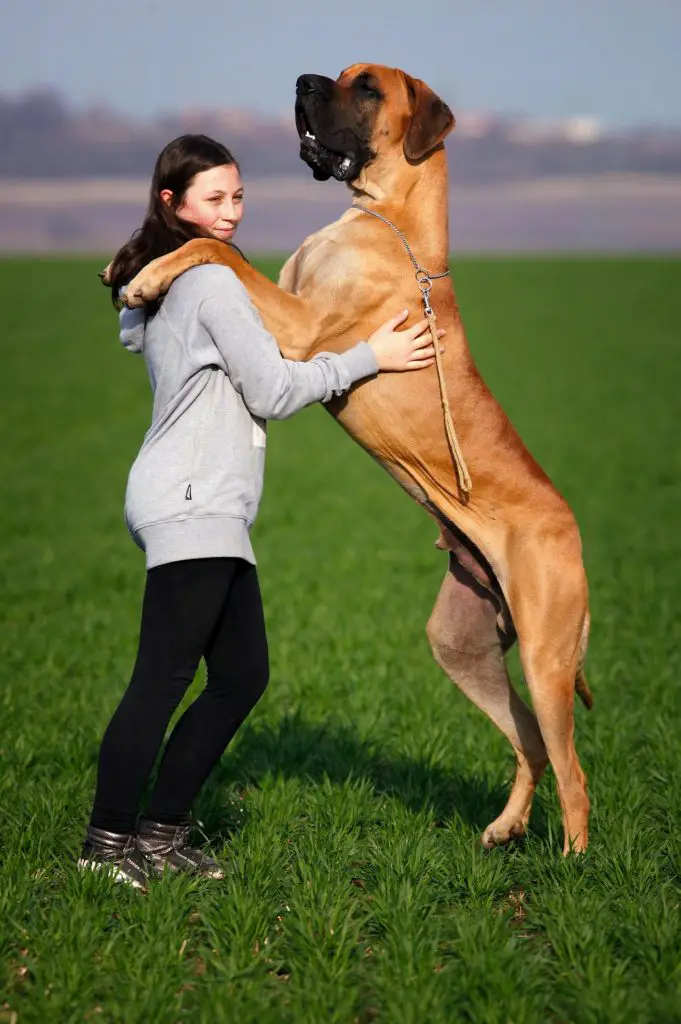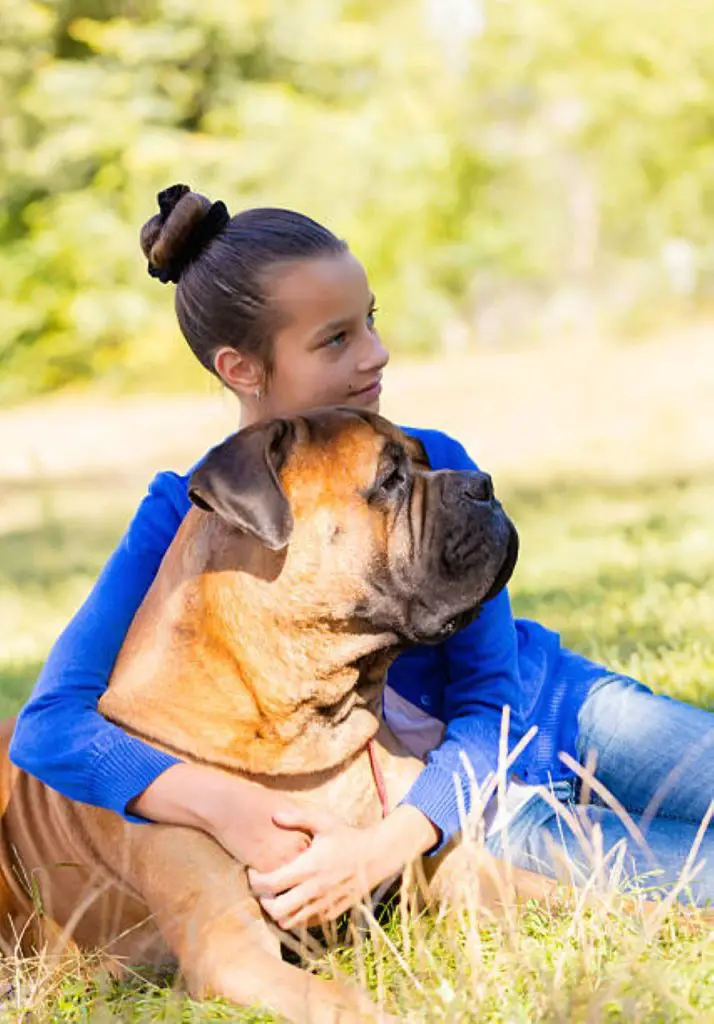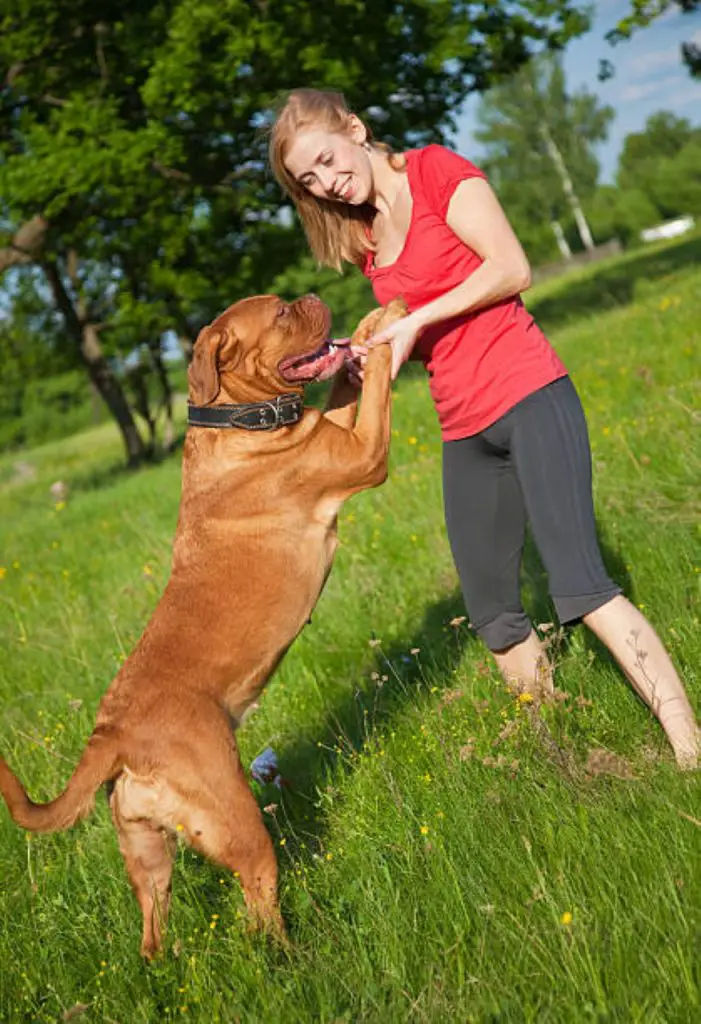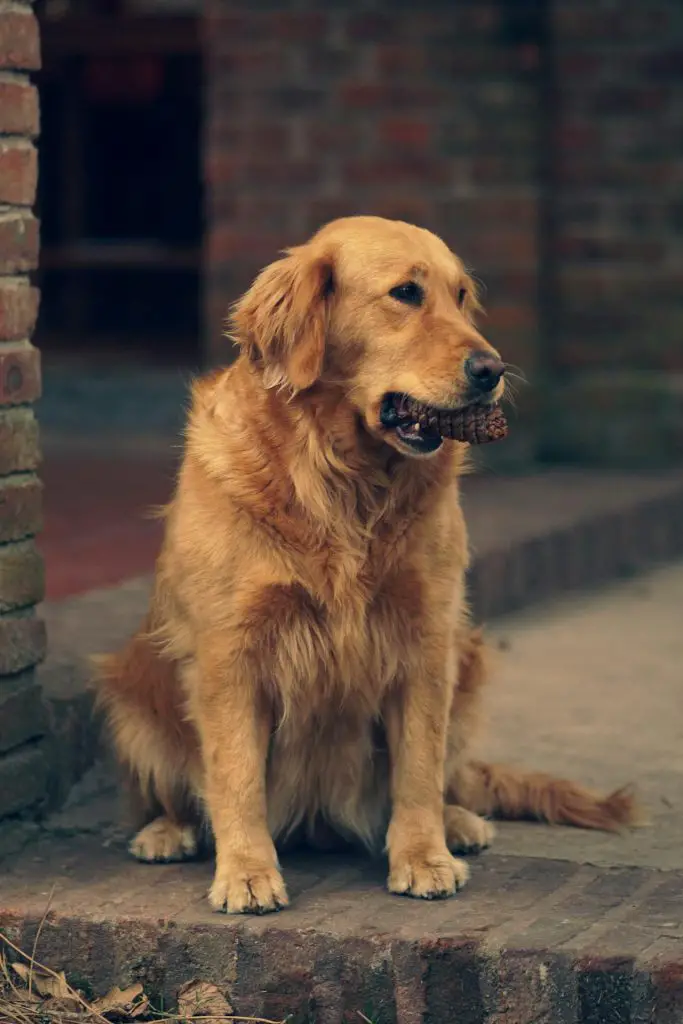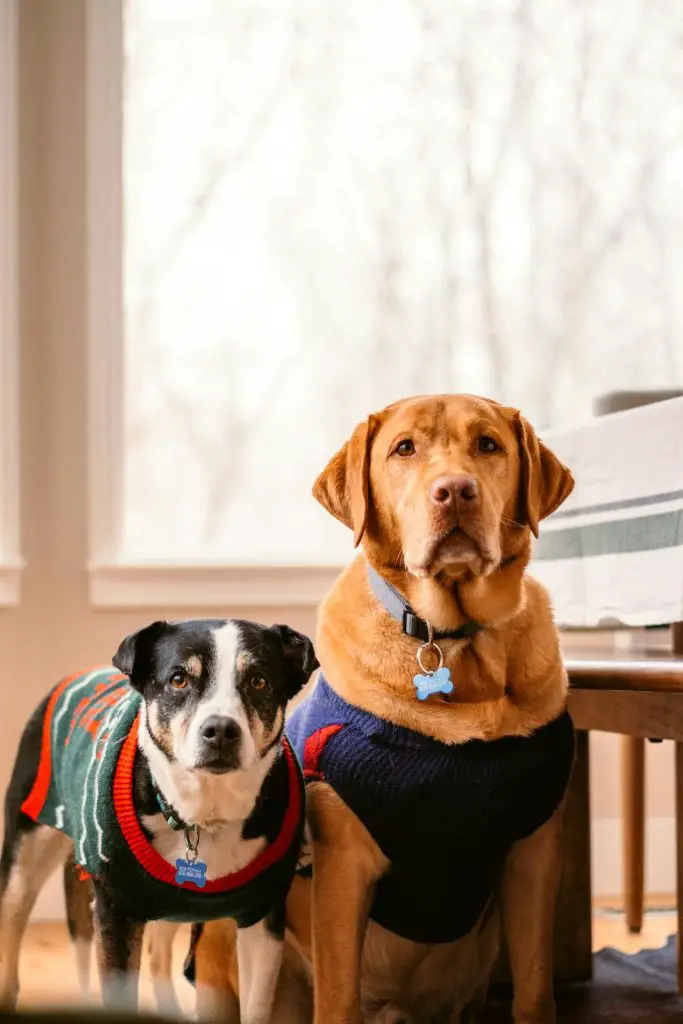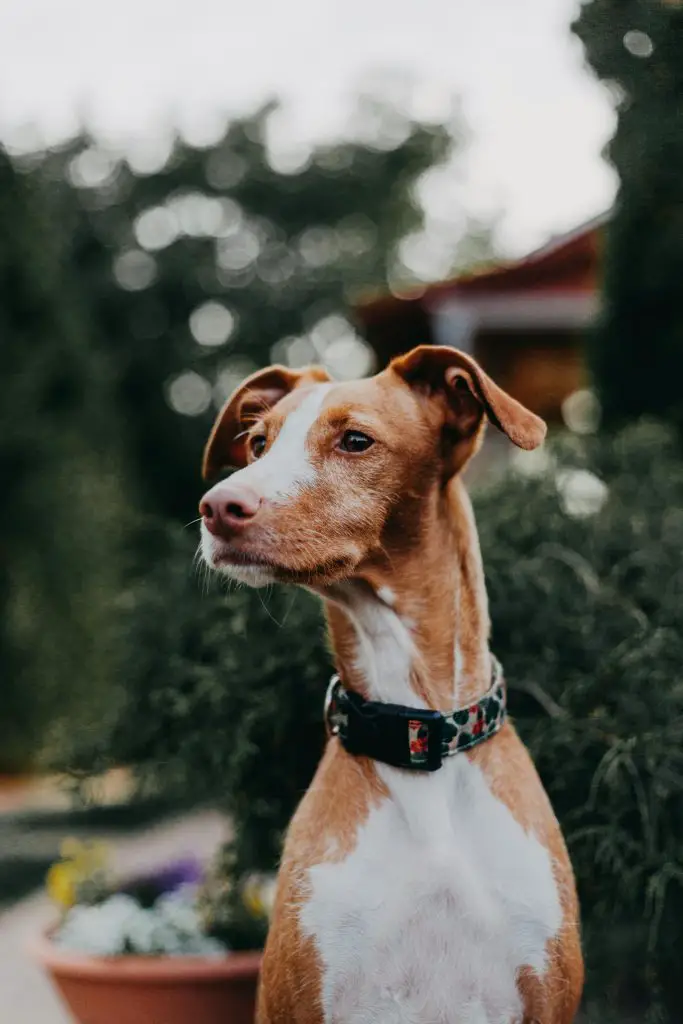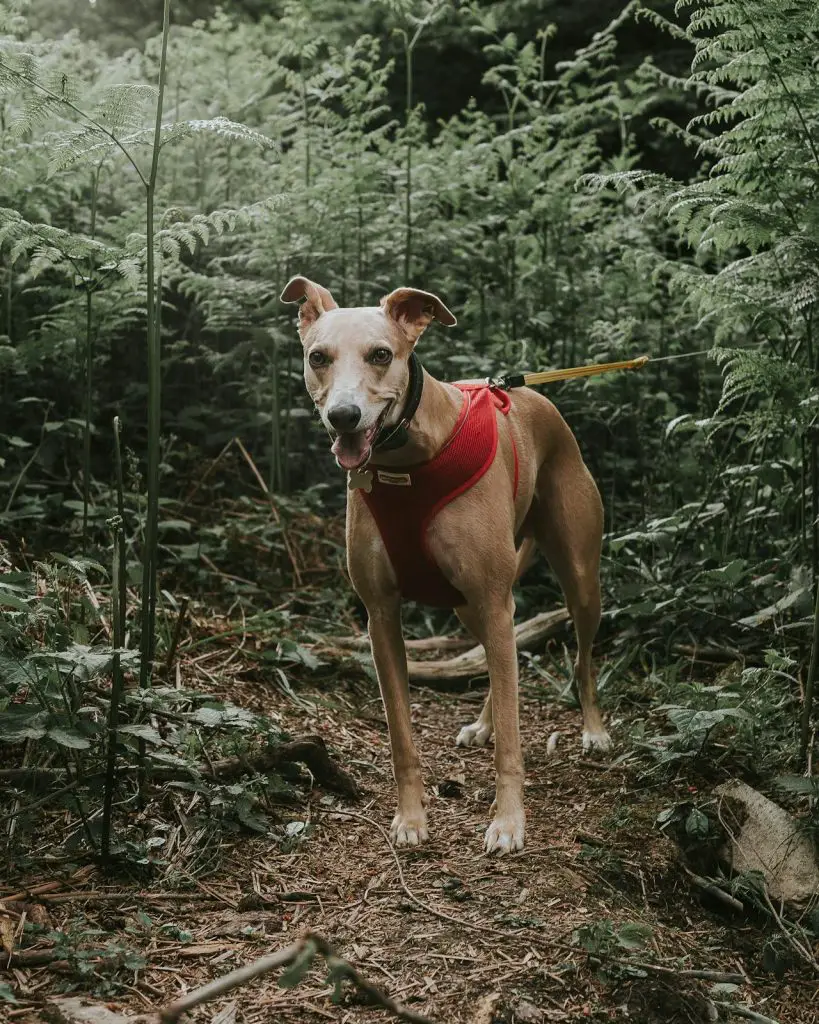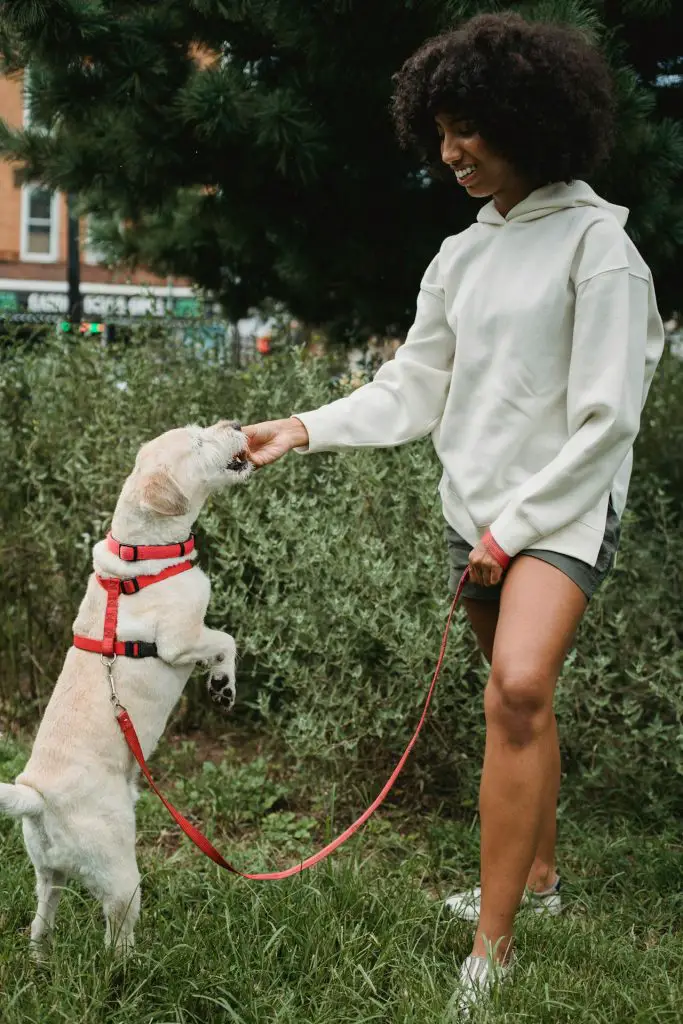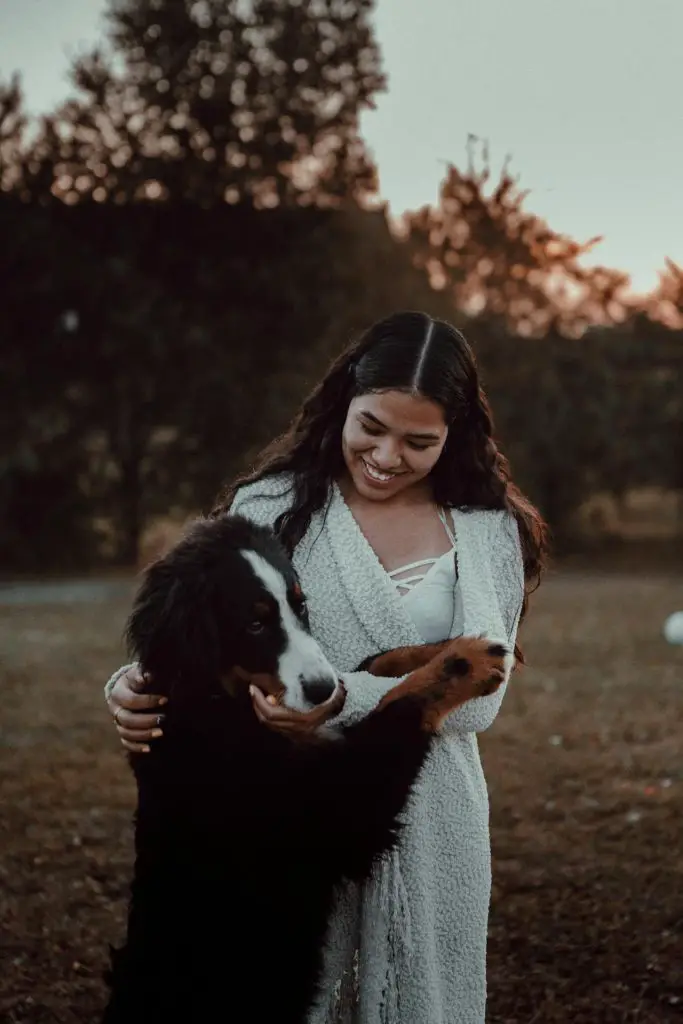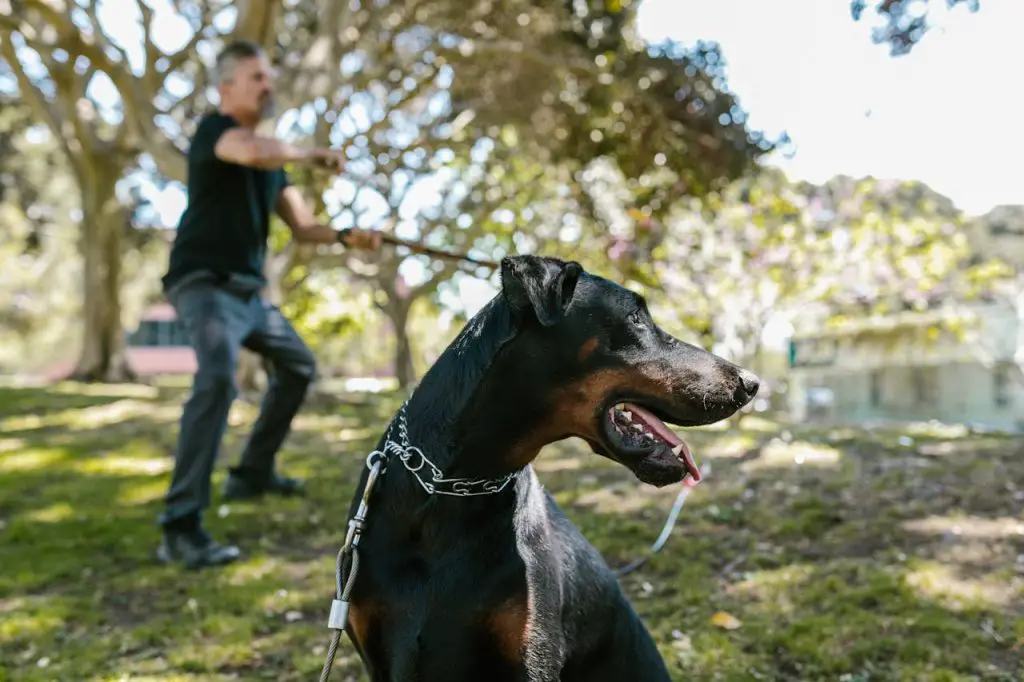
To train a big dog effectively, you need to understand its breed characteristics, instincts, and behavioral tendencies. Researching these traits helps you tailor a training approach that addresses its specific needs and energy levels. You’ll also need to build trust with your dog through positive interactions, such as playtime and rewards. Consistency is key, so establish a structured training schedule and choose a method that aligns with your dog’s unique needs. By laying this groundwork, you’ll set yourself up for success and be able to tackle more advanced training techniques, leading to a well-behaved and well-adjusted companion.
Table of Contents
1. Understand Big Dog Behavior
To effectively train your large canine companion, you must first comprehend the distinct behavioral characteristics that set big dogs apart from their smaller counterparts.
You need to understand that big dogs are often driven by their instincts, which can vary depending on their breed and original purpose.
For instance, herding breeds like German Shepherds may exhibit strong herding instincts, while hunting breeds like Great Danes may have a strong prey drive.
Recognizing your dog’s breed characteristics is essential in understanding their behavior.
This post contains affiliate links. However all the information provided on this site are my own honest opinions. See more in Disclaimer.
You’ll need to research the specific traits associated with your dog’s breed, such as energy levels, trainability, and socialization needs.
By doing so, you’ll be able to tailor your training approach to meet your dog’s unique needs.
Additionally, understanding dog instincts will help you anticipate and manage potential behavioral issues, such as fear aggression or separation anxiety.
2. Build Trust With Your Dog
Building trust with your big dog is a crucial step in the training process, as a strong, trusting relationship allows you to establish clear communication channels and develop effective training strategies tailored to your dog’s unique needs.
To achieve this, engage in bonding activities that promote positive interactions and create a sense of mutual understanding.
Spend quality time with your dog, doing activities such as playing fetch, going for walks, or simply cuddling.
This helps your dog associate you with positive experiences, laying the foundation for a trusting relationship.
As you bond with your dog, pay attention to their communication signals, including body language and vocal cues.
By understanding these signals, you can respond to your dog’s needs and emotions, further solidifying trust.
Consistently responding to your dog’s communication signals also helps them understand what you want from them, reducing confusion and strengthening your bond.
By building trust, you’ll establish a strong foundation for effective training, setting you and your dog up for success.
3. Choose the Right Training Method
With a foundation of trust established, you can now focus on selecting a training method that aligns with your big dog’s unique needs, personality, and learning style.
You have various options to choose from, each with its own strengths and weaknesses.
Clicker training, for instance, is a popular method that utilizes positive reinforcement to encourage desired behaviors.
This approach focuses on rewarding good behavior rather than correcting bad behavior, making it an effective and gentle way to train your big dog.
Another option to take into account is enrolling your dog in group classes.
These classes provide a dynamic environment where your dog can interact with other dogs, people, and new environments, helping to socialize and train them in a more thorough way.
When selecting a training method, it’s crucial to reflect on your dog’s individual needs, your lifestyle, and your training goals. You may also want to consult with a professional dog trainer to determine the most suitable method for your big dog.
4. Establish a Training Schedule
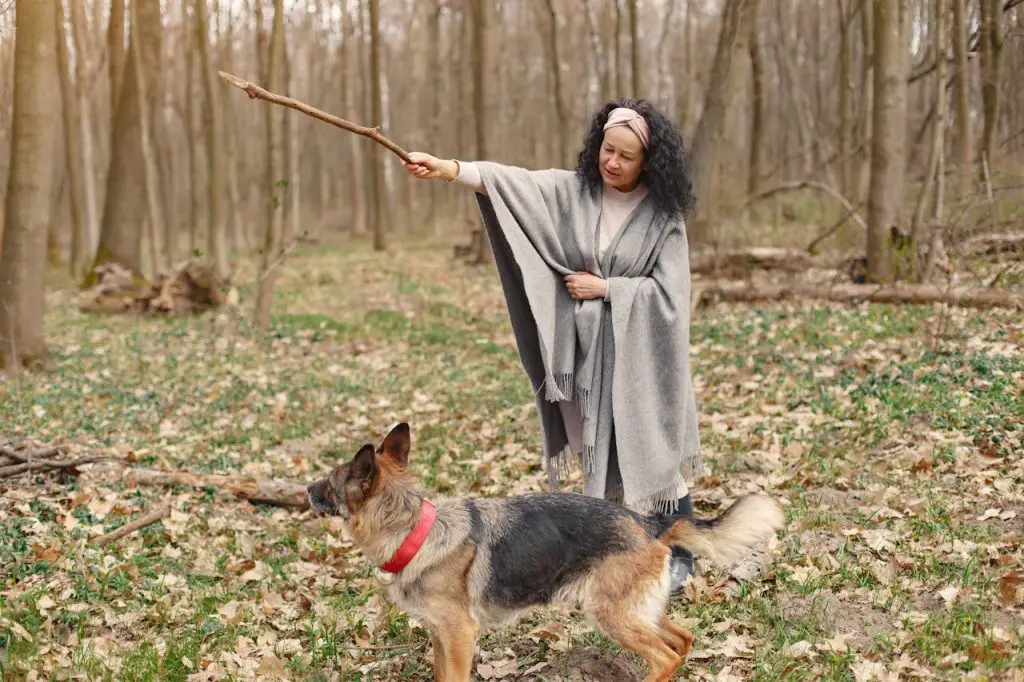
Creating a structured training schedule is essential for ensuring consistency and maximizing the effectiveness of your training sessions with your big dog.
You’ll want to determine the ideal training frequency for your dog, taking into account their age, breed, and attention span.
Big dogs, in particular, require regular exercise and mental stimulation to prevent boredom and destructive behavior.
To establish a training schedule, start by incorporating training sessions into your daily routines. Set aside specific times of the day for training, such as during morning and evening walks or before meals.
Consistency is key, so aim to train at the same times every day. You may need to adjust the duration and frequency of your training sessions based on your dog’s progress and response to the training.
Be sure to also schedule regular breaks and time for relaxation to avoid overexertion and prevent burnout.
5. Use Positive Reinforcement Techniques
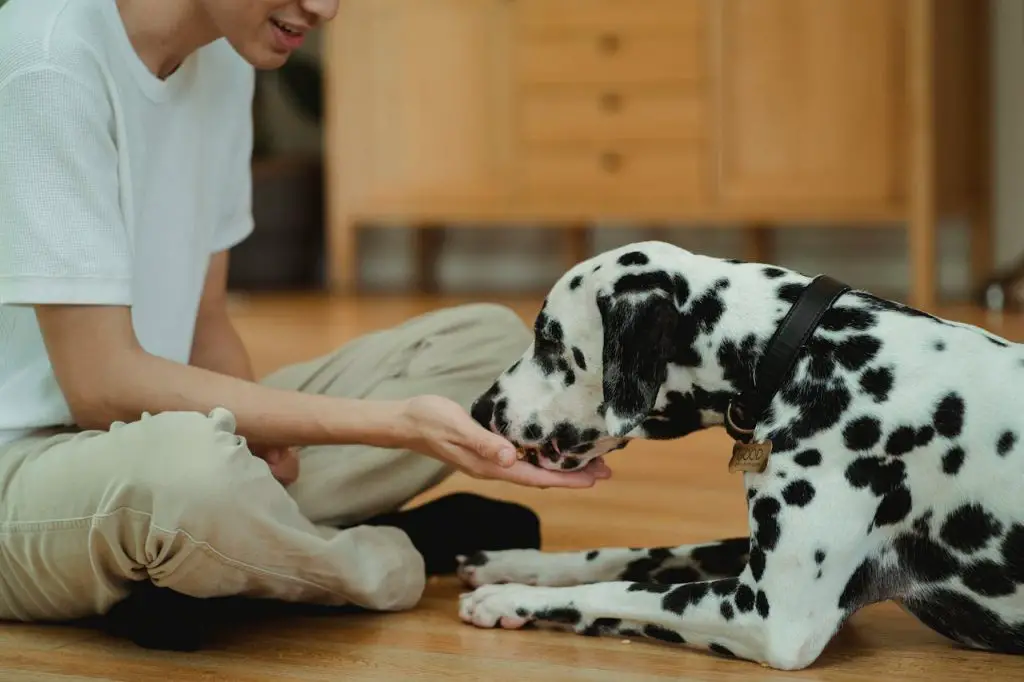
You’ll achieve the best results with your big dog by using positive reinforcement techniques that emphasize rewards for desired behaviors rather than punishment for undesired ones.
This approach fosters a strong bond between you and your dog, built on trust and clear communication.
Clicker training is a popular method that utilizes a distinct sound to mark desired behaviors, immediately followed by a reward. This technique allows your dog to associate the exact action with the reward, accelerating the learning process.
Implementing reward systems is essential in positive reinforcement training. You’ll need to choose rewards that motivate your dog, such as treats, praise, or play.
Consistency is key when using rewards; make certain that everyone involved in training your dog uses the same rewards and techniques.
Trending in Dogs:
6. Train in Different Environments
Once your big dog has grasped basic obedience commands through positive reinforcement techniques, it’s time to introduce new challenges by training in a variety of environments to help them generalize their learning.
You’ll want to practice training in different locations, such as at home, in the park, and on walks around the neighborhood.
This will help your dog understand that the commands you’ve taught them are universal and apply regardless of the environment.
Park training is an excellent way to socialize your dog and expose them to new distractions, such as other dogs, people, and noises.
Start with simple exercises like ‘sit’ and ‘stay’ in a quiet area of the park, then gradually move to more challenging locations. You can also practice walking on a loose leash and recall exercises.
In the home environment, practice training in different rooms and areas, such as the living room, kitchen, and backyard. This will help your dog understand that the rules apply everywhere, not just in one specific location.
7. Manage Challenging Behaviors
As you work to manage challenging behaviors in your big dog, you’ll need to identify the triggering factors that set off unwanted actions.
You’ll also need to establish clear, consistent boundaries to help your dog understand what’s and isn’t acceptable behavior.
Identify Triggering Factors
To effectively manage challenging behaviors in your big dog, identifying the specific triggering factors that set off these behaviors is essential.
You’ll need to take into account various aspects of your dog’s life to pinpoint what’s causing their reactions.
Start by examining environmental factors, such as noise sensitivity or changes in their surroundings, which can contribute to anxiety or fear responses.
Social interactions, including encounters with other dogs or people, can also be triggering situations.
Your dog’s breed tendencies and health issues can also play a role in their behavior. For example, some breeds are more prone to guarding or herding behaviors, while health issues like pain or discomfort can cause irritability.
Past experiences, such as trauma or negative training methods, can also shape your dog’s behavior.
By understanding what triggers your dog’s challenging behaviors, you can develop targeted strategies to address them.
Take note of any patterns or correlations you observe, and use this information to inform your training approach.
Set Boundaries Firmly
Firmly establishing clear boundaries and consistently enforcing them is essential for managing challenging behaviors in your big dog and ensuring a well-structured training environment.
You’ll need to set clear rules and expectations, using positive reinforcement techniques to encourage good behavior and discourage bad behavior.
By doing so, you’ll help your dog understand what’s expected of them and reduce the likelihood of unwanted behaviors.
To set boundaries firmly, you’ll need to use a combination of behavioral cues, such as verbal commands and hand signals, and training tools, like leashes and treats.
Consistency is key when enforcing boundaries, so make sure all family members are on the same page. When your dog exhibits undesired behavior, calmly say ‘no’ or ‘stop’ and withdraw attention or rewards.
Conversely, when they exhibit desired behavior, reward them with praise, treats, or playtime.
By consistently enforcing boundaries and using positive reinforcement, you’ll establish a strong foundation for managing challenging behaviors and helping your big dog become a well-behaved companion.
With patience and persistence, you can develop a well-structured training environment that fosters a strong bond between you and your dog.
8. Maintain Consistency and Patience
You must establish a consistent training schedule and stick to it, ensuring that every interaction with your big dog reinforces desired behaviors and discourages undesired ones.
Consistency is key to developing good habits and avoiding confusion. Set specific training sessions and use training tools, such as treats, toys, and commands, to reinforce desired behaviors.
Use positive reinforcement techniques, such as praise and rewards, to encourage good behavior.
In addition to consistency, patience is essential when training a big dog. Socialization techniques, such as exposure to new environments, people, and animals, can help your dog become confident and calm in new situations.
However, socialization must be done gradually and carefully to avoid overwhelming your dog.
Be patient with your dog’s progress, and remember that training is an ongoing process.
With consistency and patience, you can develop a strong bond with your big dog and help them become a well-behaved and loyal companion.
By sticking to your training schedule and using positive reinforcement techniques, you can achieve successful training results.
Frequent Questions
You’ll want to start training your big dog as a puppy, ideally between 8 and 11 weeks old, when puppy socialization is essential; employing positive training techniques will help shape their behavior and guarantee a well-adjusted adult dog.
You can train a big dog even if you’re inexperienced, but it’s essential you learn effective training techniques and exercise owner patience, as this will greatly impact the success of your training endeavors and canine relationship.
You’ll spend around 1-2 years fully training a big dog, but consistency is key. Daily training sessions, 10-30 minutes, and positive reinforcement will greatly impact training duration; consistency importance cannot be overstated to achieve desired results.
“You’ll hit a brick wall with some big dog breeds if you don’t adapt your training techniques to their unique breed characteristics. Researching a breed’s temperament and instinctual behaviors will help you tailor your approach for success.”
You can train a big dog with small children present, but it requires careful consideration of dog behavior and child interaction. Manage the environment, supervise interactions, and reward calm behavior to guarantee safe and effective training.
